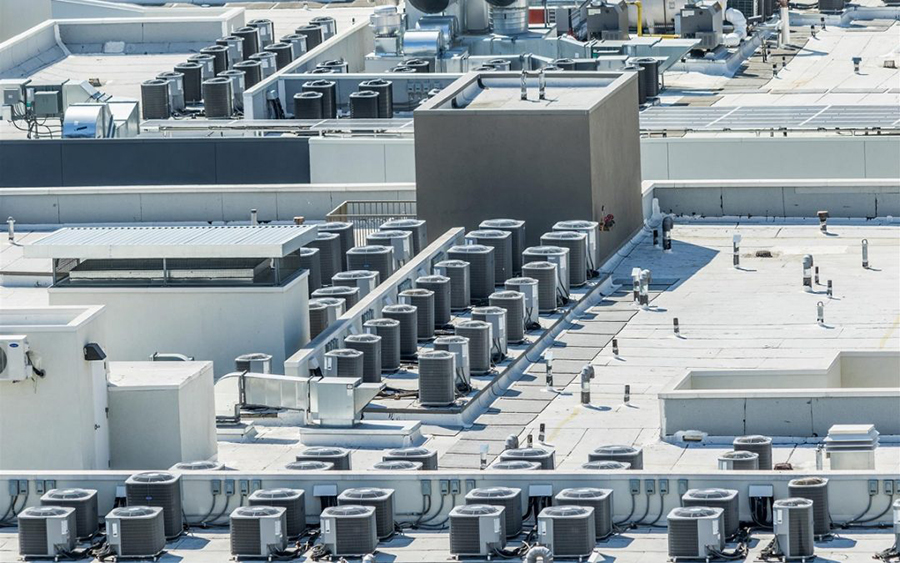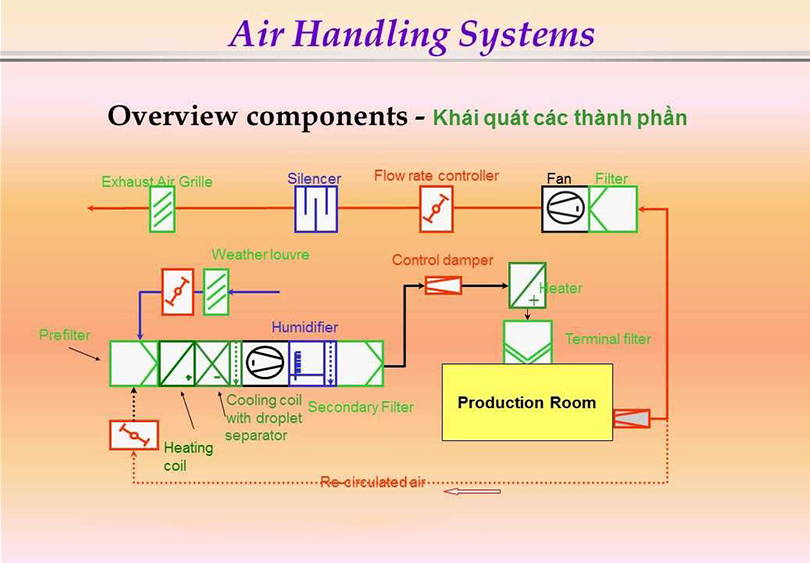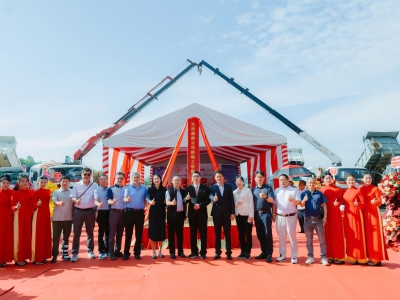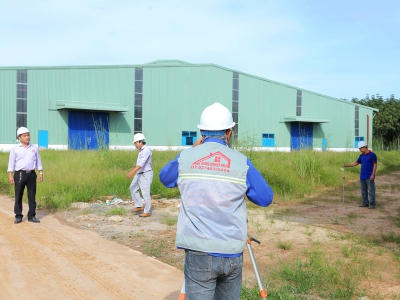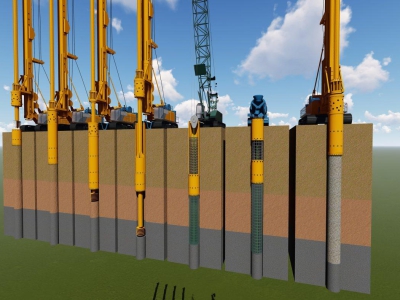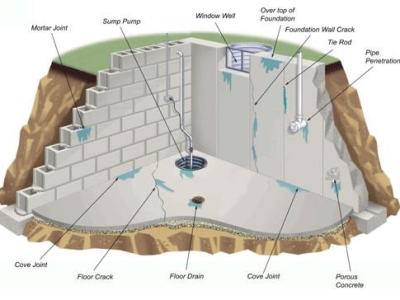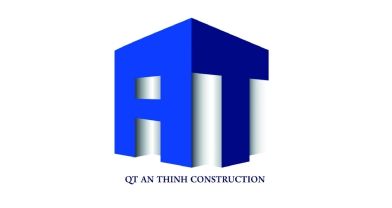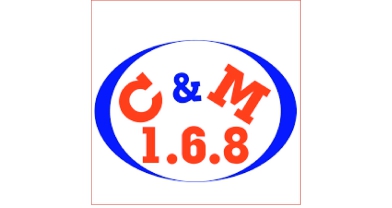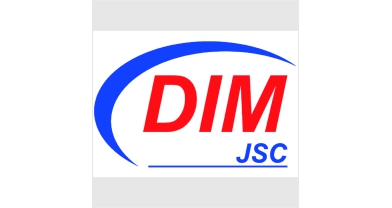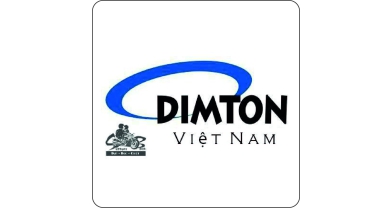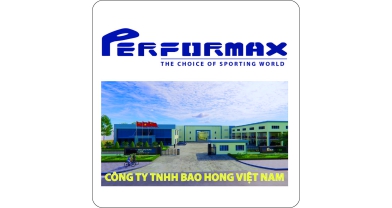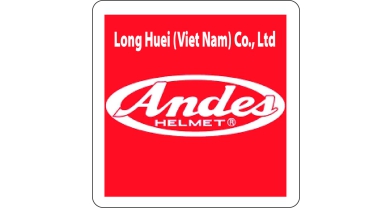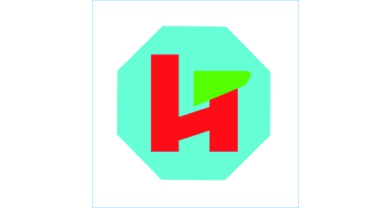WHAT IS AN HVAC SYSTEM? WHAT ROLE DOES THE HVAC SYSTEM PLAY IN CONSTRUCTION
Modern office buildings, villas, industrial buildings, industrial factories or commercial centers contain many sophisticated systems such as electrical systems, lighting, plumbing systems, etc. In There is a system that people always mention is the HVAC system. However, not everyone knows what an HVAC system is? Principle of use of this system. There have also been many definitions of HVAC systems given, but not enough to clarify and detail, leaving readers confused and lacking a deep understanding. Let's join Hung Nghiep Phu to learn the necessary information about the HVAC system and its role in construction so that it can be used safely and effectively!






